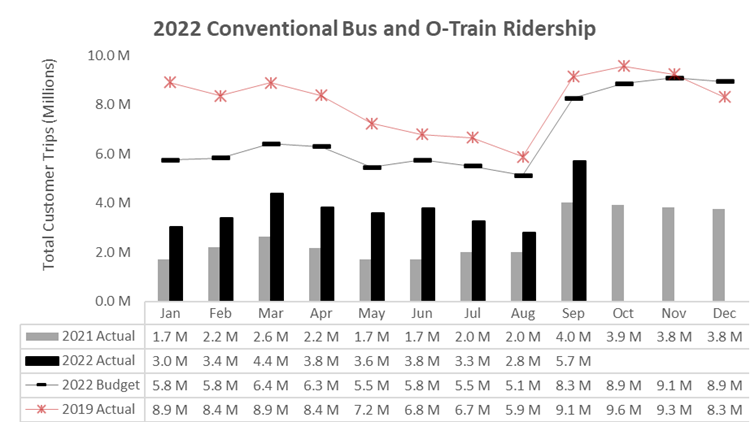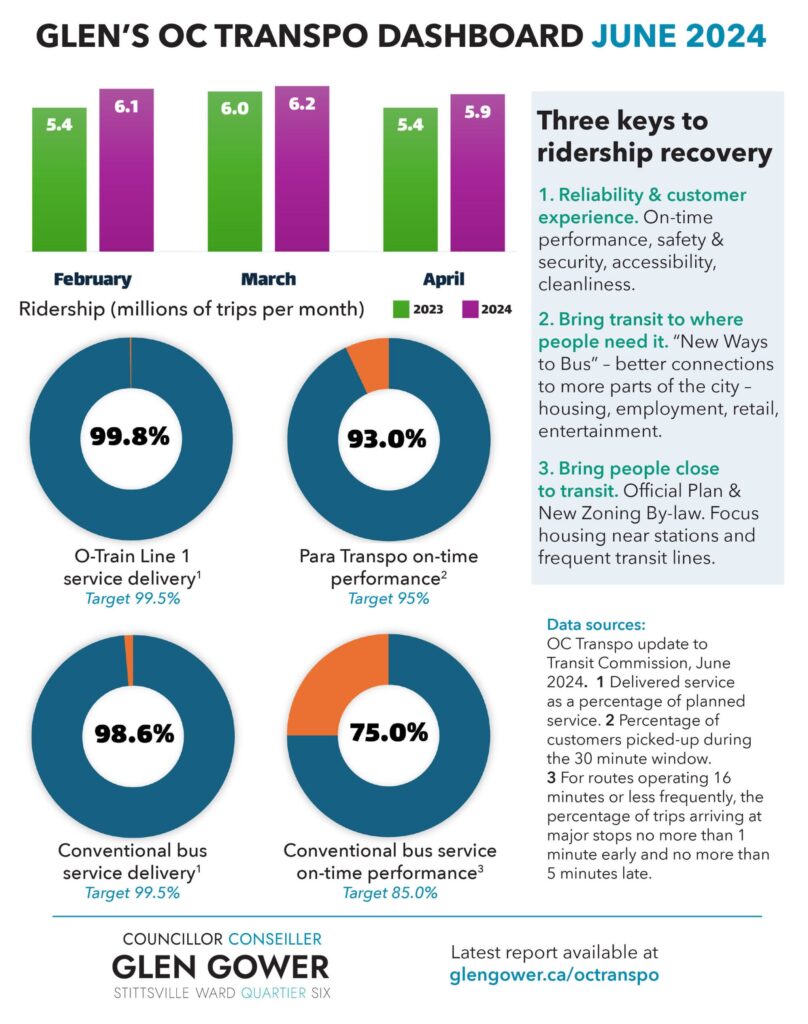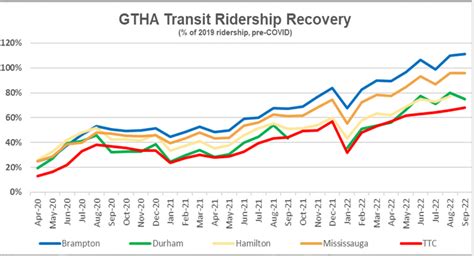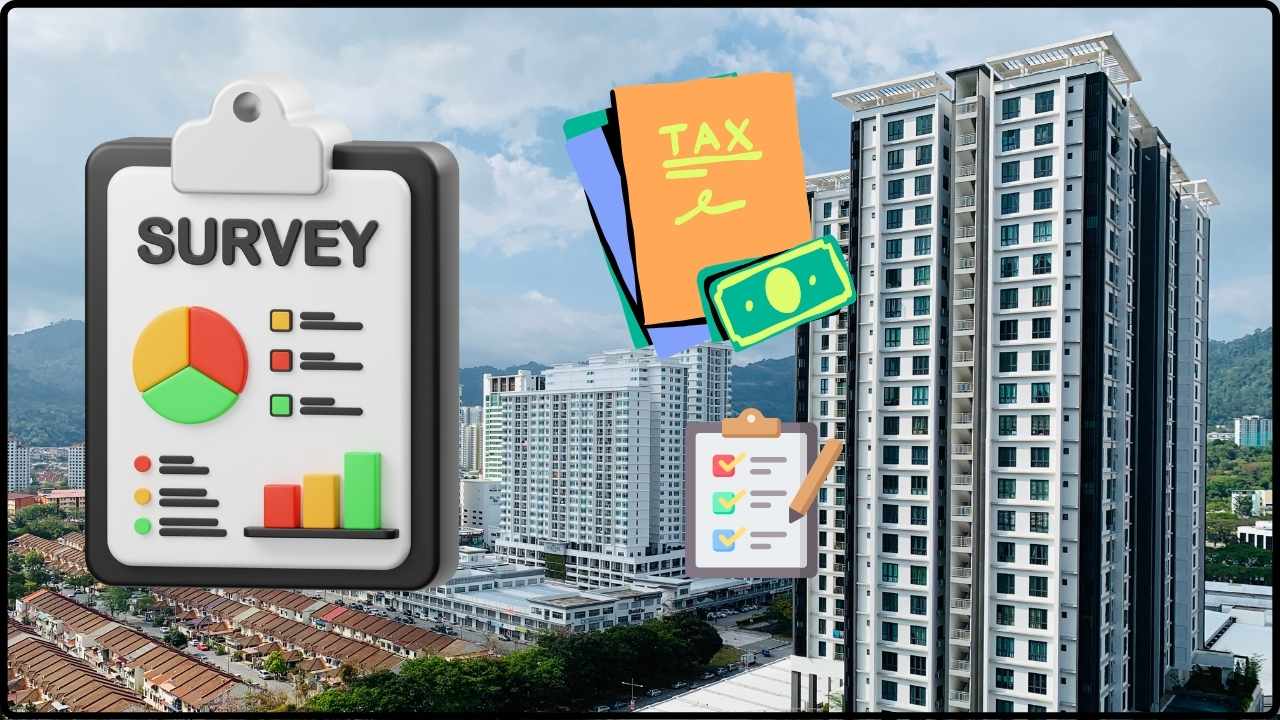
Ottawa’s Transit Deficit Spirals Out of Control: Public transportation is often seen as the backbone of a modern city. But when the system breaks down financially, the impact spreads far beyond late buses or empty train cars. Ottawa’s transit deficit spiraling out of control is being described as “a maze with no exit.” That phrase doesn’t just sound dramatic—it captures a growing crisis with real consequences for riders, taxpayers, and the city’s financial health. In this article, we’ll unpack what’s happening with Ottawa’s public transit system, why it matters, and what lessons communities across North America can take away. Whether you’re a policy nerd, a commuter tired of delays, or just a curious citizen, we’ll break it down step by step in plain, approachable language.
Ottawa’s Transit Deficit Spirals Out of Control
Ottawa’s transit system is stuck in what officials call “a maze with no exit.” But it doesn’t have to stay that way. With smarter funding, better service, and a focus on equity, cities can rebuild trust and ridership. For Ottawa—and U.S. cities facing the same storm—the choice is clear: treat transit as an essential public service, not a profit center. The next decade will decide whether public transit thrives or becomes a relic of the past.
| Topic | Details |
|---|---|
| Deficit | OC Transpo faces a $46.6 million shortfall in 2025. |
| Ridership | Transit use is only about 70% of pre-COVID levels and may not fully recover until 2030. |
| Annual Operating Budget | OC Transpo’s budget is around $700 million annually, with nearly half covered by fares before COVID. |
| Fare Hikes | Potential increases of 2.5% to 7.5% in 2026 are on the table. |
| Property Taxes | Ottawa City Council capped hikes at 3.75%, limiting revenue options. |
| Public Sentiment | Riders say service quality is declining, with many calling transit a “public service, not a profit machine.” |
| Official Website | City of Ottawa – OC Transpo |
A Quick Look Back – How Ottawa Got Here
Ottawa’s transit history is filled with ambition but plagued by setbacks.
- In the 1980s, Ottawa built one of North America’s most extensive bus rapid transit systems (the Transitway), carrying 200,000+ riders daily.
- By 2001, the city launched the O-Train pilot project, Canada’s first diesel light rail. It was small, but popular enough to spark expansion plans.
- In 2019, after years of planning and over $2.1 billion in costs, the Confederation Line LRT opened. But breakdowns, derailments, and poor reliability shook rider confidence.
Ridership was once robust. In 2012, OC Transpo carried nearly 97 million rides annually. But by 2022, ridership dropped to just 52 million, less than two-thirds of pre-pandemic levels. That loss of nearly 45 million rides translates to tens of millions in lost revenue every year.

Why Ottawa’s Transit Deficit Spirals Out of Control Matters?
Ottawa’s $46.6 million transit deficit may sound like just a city problem, but it’s a North American trend. In the U.S., the American Public Transportation Association (APTA) reports transit agencies lost 45% of ridership during COVID, and many systems have yet to recover.
Here’s why it matters:
- Financial Strain on Cities – Ottawa spends $700 million annually on transit, but only a fraction comes from fares. Deficits mean cuts elsewhere or tax hikes.
- Equity – Public transit is essential for low-income families, seniors, and youth. When it fails, inequality deepens.
- Climate Goals – Canada has pledged to cut emissions 40–45% below 2005 levels by 2030. Without robust transit, those goals are impossible.
Ottawa is the canary in the coal mine: if one capital city can’t fix its transit, smaller cities may face even worse outcomes.
Breaking Down the Crisis
Shrinking Ridership
- Pre-COVID (2019): ~97 million annual trips.
- 2022: ~52 million trips, a 46% decline.
- Forecast 2030: Recovery to pre-pandemic levels, but only if service improves.
Remote work is a big factor. According to Statistics Canada, nearly one in three Ottawa workers work from home regularly—the highest in Canada. That’s thousands of daily commutes gone.
Rising Costs
- Fuel: Diesel prices rose 35% between 2021–2023, adding tens of millions to costs.
- Salaries: Transit operators are among the city’s largest workforces, with unions negotiating cost-of-living increases.
- Maintenance: The LRT alone costs $5 million annually just to maintain, excluding breakdown repairs.
Limited Tax Options
Council capped property tax hikes at 3.75%, far below inflation. Each percent of property tax increase brings in about $15 million, which isn’t enough to plug a $46M hole.
That leaves fare hikes. But research from APTA shows every 10% fare increase reduces ridership by 3–5%, creating a vicious cycle.
The Human Side of the Problem
Transit cuts or fare hikes hit the most vulnerable hardest:
- Students: Over 100,000 Ottawa students depend on transit. Higher fares mean tighter family budgets.
- Seniors: Nearly 20% of Ottawa’s population is over 65. Many don’t drive.
- Workers: Jobs in retail, healthcare, and construction often require odd hours when buses are infrequent.
As one Ottawa resident said on Reddit:
“People will not use it if it’s awful. That means getting people to and from their destination in less than double the time of driving.”
Public transit must be affordable, reliable, and efficient. Otherwise, people abandon it—and deficits deepen.
The Bigger Picture – Economy and Environment
Jobs and Local Business
- In the U.S., APTA estimates every $1 invested in transit generates $4 in economic returns.
- Ottawa’s downtown economy relies heavily on transit. With ridership down, businesses report fewer walk-in customers.
- Tourism suffers too. Visitors expect easy access to museums, Parliament Hill, and events—but transit delays drive frustration.
Environmental Impact
- Transit cuts drive people back into cars. Ottawa already has one of Canada’s highest per-capita car ownership rates.
- Each full OC Transpo bus can replace 40 cars on the road, cutting congestion and emissions.
- If ridership stagnates, emissions could rise enough to cancel out Ottawa’s green initiatives like electric buses.

Practical Advice – How Cities Can Escape the Maze
Rethink Funding Models
- Push for federal and provincial bailouts: In 2020–21, Canada provided $4.6 billion in emergency transit funding nationwide. Ottawa needs more of this long-term.
- Congestion Pricing: New York’s program, charging $15/day for cars entering Manhattan, is expected to raise $1 billion annually for transit. Ottawa could explore a smaller-scale model.
- Employer Partnerships: Large employers like Shopify or the federal government could subsidize passes for employees.
Invest in Service Quality
- Frequency: Guarantee buses every 10 minutes during rush hour.
- Reliability: Prioritize fixing LRT breakdowns and upgrading old buses.
- Speed: Expand bus-only lanes to reduce delays.
Protect Vulnerable Riders
- Offer low-income passes like Calgary’s program, which caps fares at $5.15/month for the lowest income group.
- Expand student discounts and add subsidies for caregivers and essential workers.
Comparisons to Other Cities
- New York (MTA): Faced a $600M deficit in 2023 but was saved by state intervention.
- San Francisco (BART): Daily ridership is at 43% of pre-COVID levels, with projected deficits over $1 billion by 2028.
- Toronto (TTC): Ontario gave $185M in 2022 to cover pandemic losses, but service cuts remain.
- Washington D.C. (WMATA): Faces a $750M deficit in 2025, risking weekend service eliminations.
Ottawa’s situation mirrors these, but unlike larger cities, it doesn’t have strong state/provincial backing—yet.
What Riders Can Do?
- Stay Informed: Monitor updates on OC Transpo.
- Get Vocal: Join advocacy groups like Ottawa Transit Riders.
- Seek Discounts: Check for senior, student, or income-based passes.
- Mix Commutes: Combine biking and transit for cost savings.

What Is the Digital Services Tax That Could Spark New Trump Tariffs?
Selling Inherited Property or Land? Here’s the Smart Way to Save Capital Gains Tax
India’s New Tax Law Now Targets Your Cloud Data — What You Must Know







